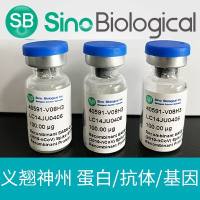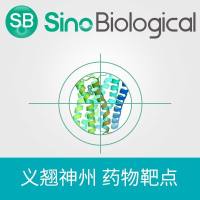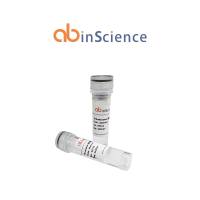Analyzing Modifiers of Protein Aggregation in C. elegans by Native Agarose Gel Electrophoresis
互联网
504
The accumulation of specific aggregation-prone proteins during aging is thought to be involved in several diseases, most notably
Alzheimer’s and Parkinson’s disease as well as polyglutamine expansion disorders such as Huntington’s disease. Caenorhabditis elegans
disease models with transgenic expression of fluorescently tagged aggregation-prone proteins have been used to screen for
genetic modifiers of aggregation. To establish the role of modifying factors in the generation of aggregation intermediates,
a method has been developed using native agarose gel electrophoresis (NAGE) that enables parallel screening of aggregation
patterns of fluorescently labeled aggregation-prone proteins. Together with microscopy-based genetic screens this method can
be used to identify modifiers of protein aggregation and characterize their molecular function. Although described here for
analyzing aggregates in C
. elegans
, NAGE can be adjusted for use in other model organisms as well as for cultured cells.









